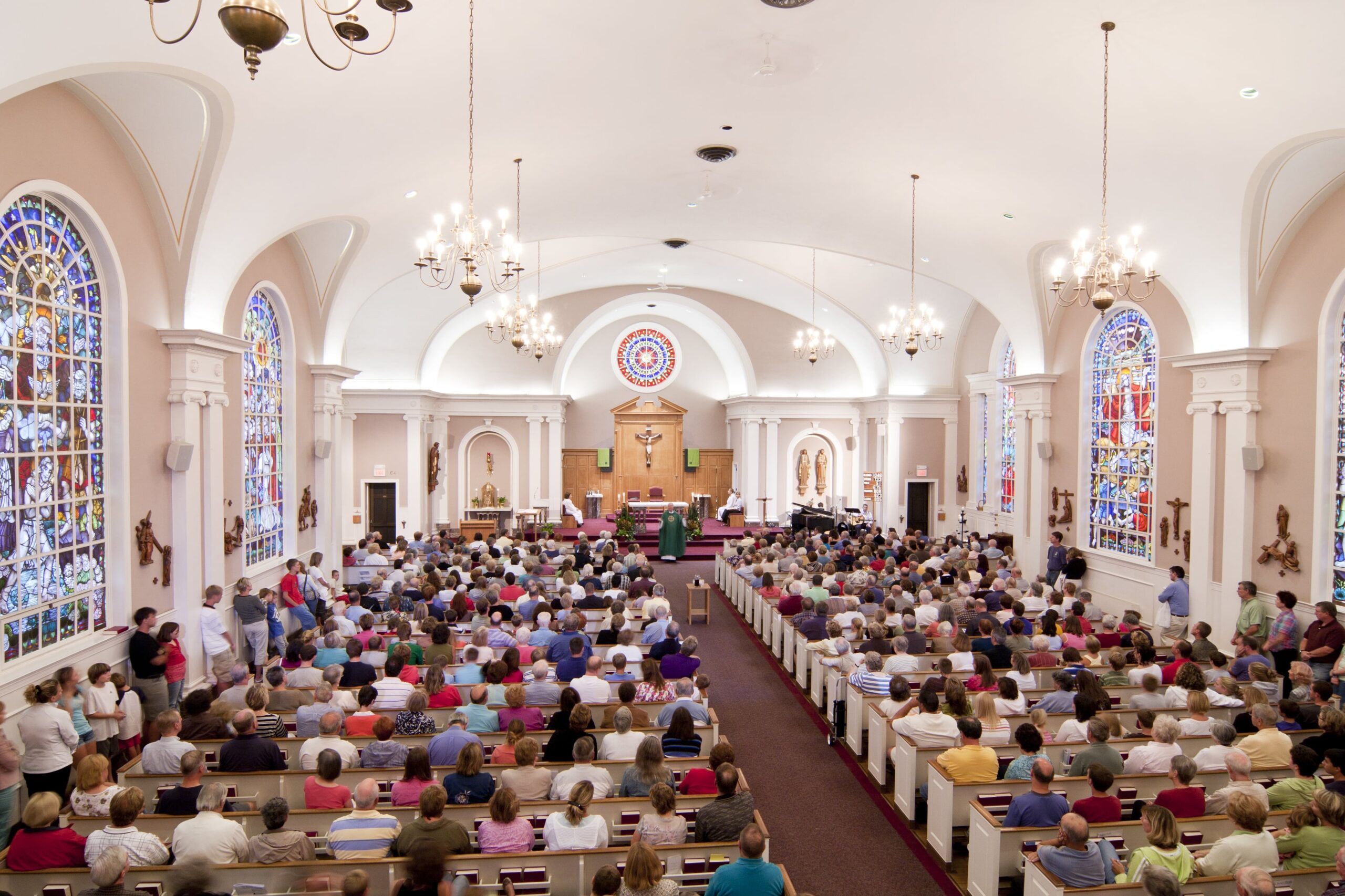Probabilities, Likelihoods, and Reality Testing
By Tom Bandy
This is my new blog about using MissionInsite for community research and church development. Available exclusively to ACST and MissionInsite subscribers. I hope you will join regularly as we explore how churches can become really relevant to the people within their reach.
Demographic and lifestyle research is more about probabilities, rather than certainties. The facts and trends you explore indicate what is most likely true, not what is unquestionably true. In other words, there is no substitute for “boots on the ground”. You should step away from the computer and “reality test” your insights with real people.
For example, I once did two simultaneous consultations in different parts of the country and found myself studying lifestyle expectations for ministry among Q64 Town Elders. This lifestyle segment is one of the most commonly over-represented groups in established churches today. They are often decision-makers well represented on church administrative and trustee boards.
I discovered, however, that Q64 Town Elders in eastern Tennessee do not necessarily have the same ministry expectations of Q64 Town Elders in northern California. Their lifestyles are very similar. They all prefer ecclesiastical-looking facilities, pledge generously to church operations, prefer printed resources, enjoy adult Sunday school classes, love children stories in worship, eagerly seek to involve young families, and drink coffee perked served in large steel urns.
However…
- Town Elders in the eastern Tennessee zip code I studied tended to have multi-generational roots in the community, preferred “caregiving” clergy, worship styles shaped by local traditions, large gender-based fellowship groups with elected leaders, and outreach focused on survival (e.g. food pantries, used clothing, and rummage sales raising money for local charities).
- Town elders in the northern California zip code I studied tended to have lived in residence only about forty years and preferred “enabling” clergy who facilitated committees but rarely dropped in unannounced to visit people at home. They tended to prefer worship styles shaped by denominational traditions, small midweek groups with rotated leaders, and outreach focused on community safety and holistic health.
Same basic demographic, with similar church expectations, but demanding nuances to ministries that were very different. Yet church growth does not depend on generic programs but on getting the nuances right!
There are three basic ways churches “reality test” their demographic and lifestyle research:
- Surveys
- You can do surveys in print, by phone, online, in table groups, and town meetings. Remember to focus a survey on one idea or program at a time. Keep them short, and rely on multiple choice answers rather than personal comments (which are difficult to interpret and collate). They are more effective for internal than external use, and the drawback is that more and more lifestyle segments hate surveys.
- Focus groups
- Always do at least three focus groups with no more than 10 people or 5 households represented. Diversify by key demographic categories (age, gender, language, location, etc.), offer groups at different times both inside and outside the church building, and use 2 group leaders so one can facilitate and the other takes notes. Be sure to rein in the extroverts and empower the introverts. The drawback is that people often say what they want others to think they believe.
- Interviews
- Delegate teams to interview leaders in selected non-profits (social service, health care, emergency leaders), for-profits (retail, real estate, etc.) and government agencies (municipal planners, city council representatives, etc.) Give them a QuickInsite Report or thematic map from MissionInsite on the research area and a summary of your tentative insights. Make appointments; prepare questions, and take notes.
Additionally…
The best way to reality test your research is to use all three techniques over a period of about four weeks. People are often skeptical of computerized research, but now you can also ground your conclusions and recommendations on local experience.
Never stop listening! The residency for many established church members is often over 20 years, but the average residency of people in the community is often less than two years. Church members tend to stick with their long-time friends and miss … or misinterpret … community changes. Programs can become irrelevant without you being aware of it. Old sermons never work as well as they did several years ago.
Demographic, lifestyle, and religious perspective information is updated about every four years. Some churches can evaluate community change every five years, others every six months. A comprehensive review should precede every annual meeting and be incorporated in every annual leadership training retreat.
I welcome any and all questions about using MissionInsite for ministry planning and leadership development.
You can reach me at tbandy@acst.com.
Read More:




